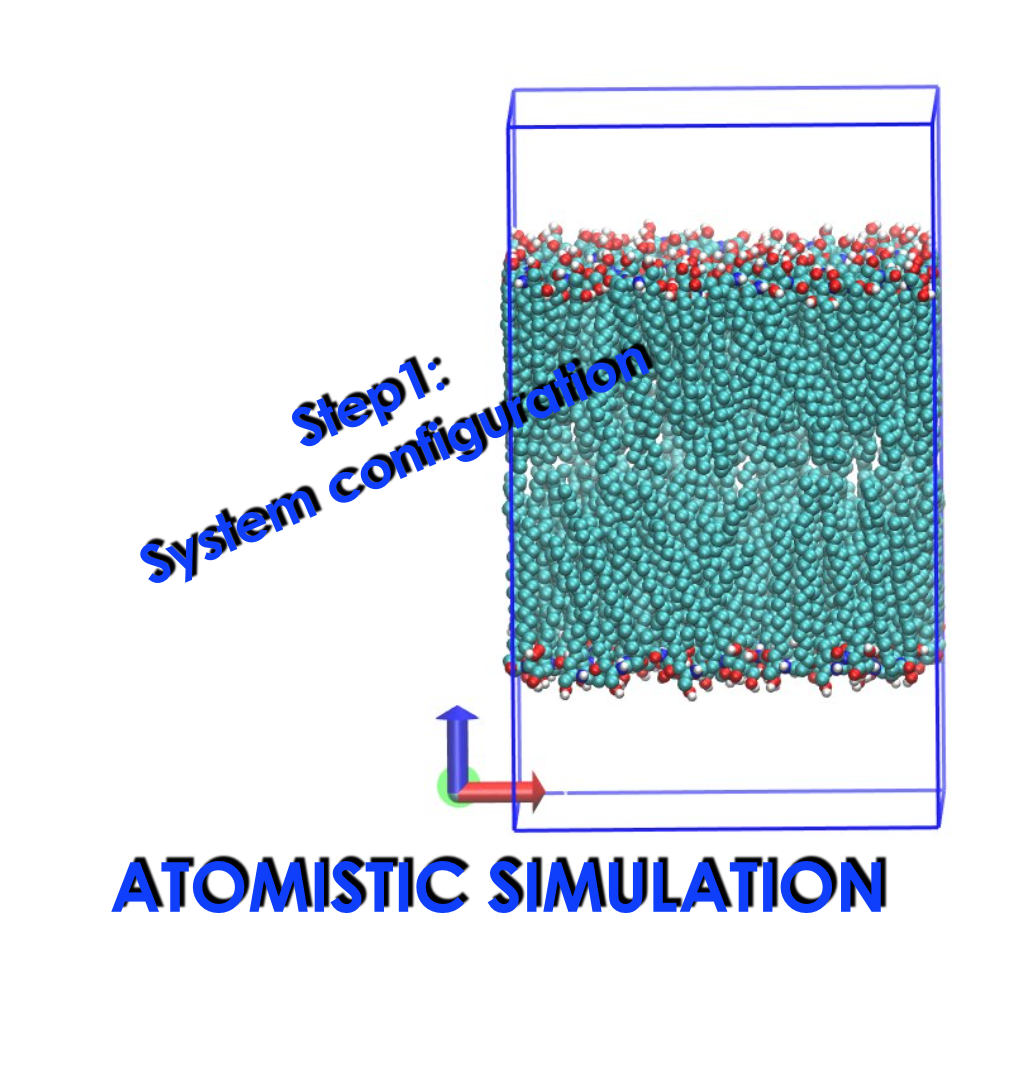Laser Scanning Confocal Microscopy (LSCM) is a fluorescence microscopy technique widely used in the biological and medical field for imaging thin optical sections in living and fixed specimens [1]. Particularly in biophysics and biology it has become an essential tool not only to visualize lipid model membranes, but also to perform spectral imaging and diffusion rate of fluorescent probes using fluorescence recovery after bleaching (FRAP)[2].
The key principle behind confocal approach is to spatially filter the out-of focus light in specimens whose thickness exceeds the plane of focus to improve contrast and definition by discarding the background fluorescent emission from the sample. In a typical confocal microscope setup (Fig 1), coherent light emitted by a laser system passes through a pinhole aperture that is situated in a conjugate plane (confocal) with a scanning point on the specimen and a second pinhole aperture positioned in front of the detector. As the laser is reflected by a dichromatic mirror and scanned across the specimen in a defined focal plane, secondary fluorescence emitted from points on the specimen (in the same focal plane) pass back through the dichromatic mirror and are focused as a confocal point at the detector pinhole aperture.
Fig 1. Schematic diagram of the optical pathway and principal components in a laser scanning confocal microscope [2].
The aperture excludes fluorescence signals from out-of-focus features positioned above and below the focal plane, which are instead projected onto the aperture as Airy disks having a diameter much larger than those forming the image (Fig 2). These oversized disks are spread over a comparatively large area so that only a small fraction of light originating in planes away from the focal point passes through the aperture; the remaining part is not detected by the photomultiplier and therefore out-of-focus light does not contribute to the resulting image.
Fig 2. Schematic representation of the filtering performed by the aperture. Light from the focal plane (blue) are completely collected by the detector, whereas out-of-focus light (red) is only partially detected.
The primary advantage of LSCM is the ability to serially produce thin (0.5 to 1.5 µm) optical sections through fluorescent specimens (Fig 3.a), with information restricted to a well-defined plane, rather than being complicated by signals arising from remote locations in the sample. The stack of sections can be then reconstructed into a three dimensional image of the whole specimen (Fig 3.b). Contrast and definition are dramatically improved over traditional widefield techniques due to the reduction in background fluorescence and improved signal-to-noise (Fig 4) [3].
Fig 3. Optical sections of a grain pollen obtained with confocal miscopy (left) and three-dimensional volume render from sections (right)[2].
Fig 4. Comparison between images of mouse brain hippocampus thick section acquired with widefield (a) and laser scanning confocal fluorescence microscopy (b)[2].


